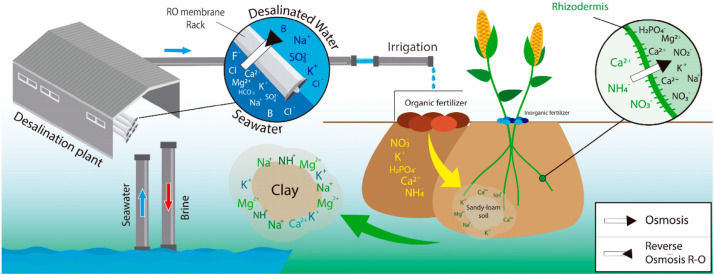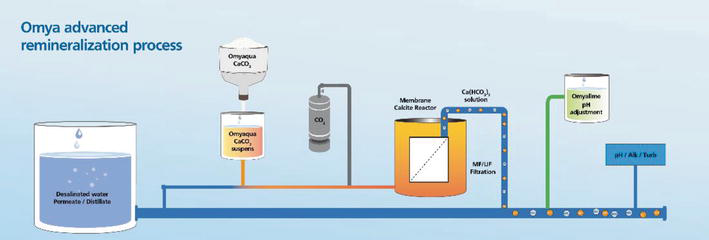Remineralization is a water treatment process that adds essential minerals, such as calcium, magnesium, and potassium, back to water after it has undergone treatment processes such as reverse osmosis (RO) or ion exchange. The design of a remineralization process depends on several factors, including the source water quality, the desired product water quality, and the mineral composition of the remineralization additives. Here are some of the basic design considerations for remineralization processes:
Source Water Quality:
The quality of the source water, including its TDS level, pH, and alkalinity, must be determined before designing a remineralization process. The source water quality affects the design of the remineralization system, including the type and amount of minerals required and the dosing frequency.
Mineral Selection:
The selection of minerals to be added to the water depends on the source water quality, the desired product water quality, and the intended use of the water. The minerals should be safe, easily available, and capable of providing the desired health benefits to the end-users.
Dosing System:
The dosing system for remineralization may include a feed tank, pumps, and injection nozzles or diffusers. The dosing system should be designed to provide accurate and consistent dosing of minerals into the treated water stream.
Mixing and Contact Time:
The remineralization process may require adequate mixing and contact time to ensure proper dissolution and dispersion of minerals into the water. The mixing may be accomplished through the use of a static mixer or a mixing tank.
Product Water Quality:
The product water quality must be monitored to ensure that the remineralization process is achieving the desired water quality goals. Parameters such as TDS, pH, and mineral composition should be monitored and controlled to ensure consistency and quality of the product water.
In summary, the design of a remineralization process involves determining the source water quality, selecting appropriate minerals, designing a dosing system, providing adequate mixing and contact time, and monitoring the product water quality. Proper design and operation of a remineralization process can ensure that the treated water is safe, healthy, and of high quality for the intended use.



